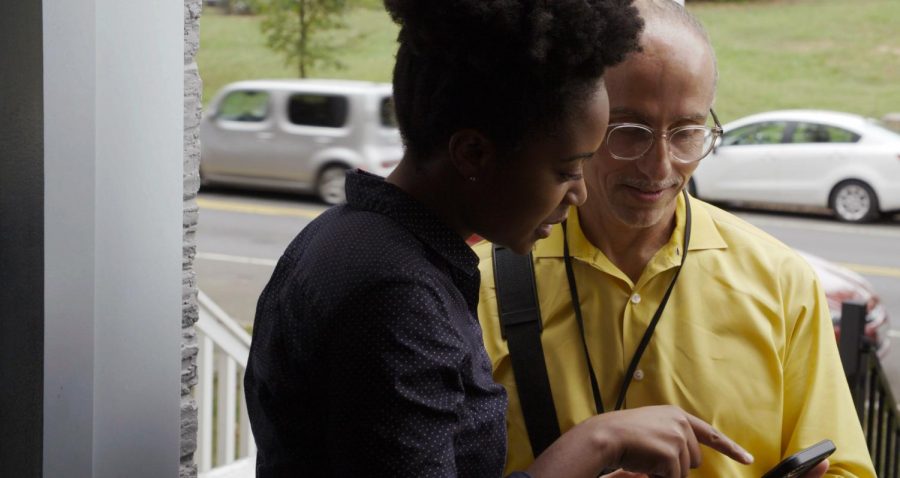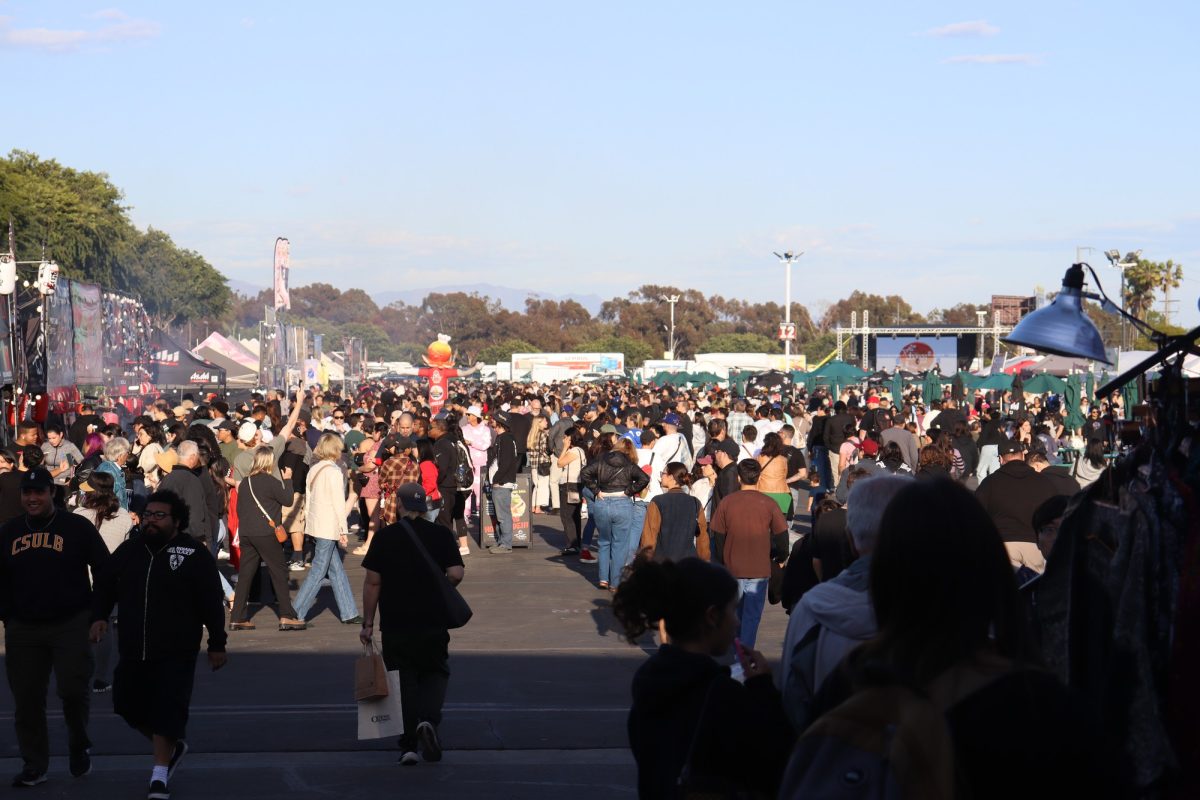28-year-old Marlene Rivas is participating in the 2020 census because as a Chicana, she understands that the voice of the minority hasn’t always been counted.
“Many civil rights activists and public servants fought, and are still fighting, for me to have the right to participate in the U.S. government process,” Rivas said, “Not doing this small part would be a disservice to their efforts.”
Citizens across the country have until Oct. 5th to respond to the census online, by phone, or by mail.
Since 1970, the census, which is mandated by the Constitution and conducted by the U.S. Census Bureau, a nonpartisan government agency, has counted the population in the U.S. and five territories including Puerto Rico, American Samoa, the Commonwealth of the Northern Mariana Islands, Guam and the U.S. Virgin Islands.
Participation in the once-in-a-decade count is crucial as it determines how billions of dollars in federal funding are used to fund communities in public works, education, employment and healthcare.
Rivas, who feels it is important to be counted to help the community she lives in, said she wants to make sure that federal funds are allocated to institutions that need it like schools, hospitals, neighborhood improvements and other public programs and services.
The census impacts infrastructure such as highway planning and construction as well as grants for public transit systems, rural water and disposal systems and programs like Section 8 housing.
Similarly, the census is used to allocate money to educational programs such as Head Start, pell grants, school lunches, rural and adult education and grants that support teachers and special education.
As far as employment, results from the decennial census provide money for services like vocational rehabilitation state grants, dislocated workers and American Indian and Native Alaskan employment and training.
Even planning and funding for healthcare programs like Medicaid, Medicare Part B, state children’s health insurance, and the prevention and treatment of substance abuse are shaped by the census.
The data is also closely monitored by politicians, lawmakers and businesses to provide a snapshot of the nation.
That is, the census dictates how many seats each state gets in the house of representatives and redraws congressional and state legislative districts based on population increases or decreases.
On the other hand, businesses use the information to improve operations, expand the business and offer services and products tailored to the communities that they serve.
When it comes to the distribution of funds for federal programs, Census Bureau data is used in one of three ways according to research from the 2015 fiscal year, which shows how 132 programs utilized Census Bureau data to distribute $675 billion in funds.
First is the selection and/or restriction of the recipient of funds criteria by which data is used to define either the characteristics of populations served by the programs or the characteristics of governments and organizations eligible to receive funds to provide those services.
Under the award or allocation of funds criteria, programs refer to the data to regulate the distribution of funds for eligible recipients and providers.
Lastly, the monitoring and assessment of program performance criteria are utilized to ensure that programs function as designed, to encourage and award effective administration of programs and to explore alternative methods of funds distribution.
With this in mind, there were 316 census-guided programs that received federal funding in the 2017 fiscal year, including farm labor housing loans and grants, rental housing for low-income families, public and Native housing, state wildlife grants, healthy start initiative and school safety national activities to name a few.
Currently, there are over 300 federal spending programs that rely on census data to provide guidance on how funds will be dispersed to states, cities, counties and households.
As of Sept. 30, 99.4% of households in California and 98.7% in the U.S. have been counted in the 2020 census.











